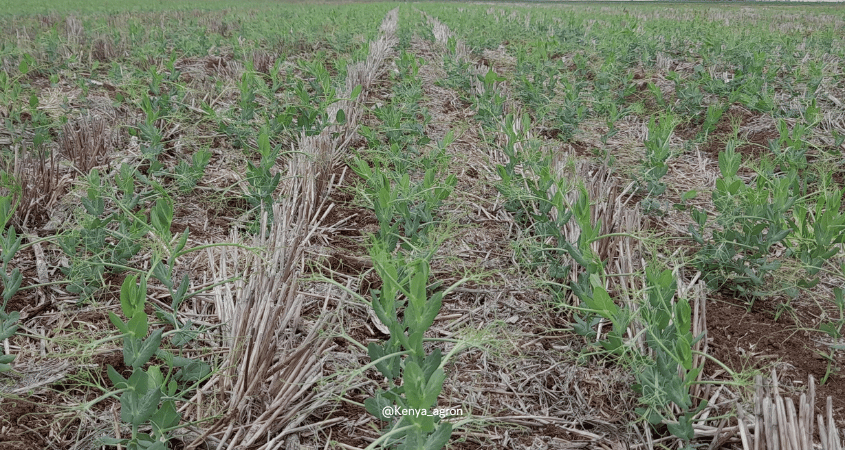
The farming practices required to put regenerative agriculture principles into practice will vary depending on local conditions and needs. However, in all cases, they must:
1️⃣ Reduce soil disturbance by minimizing mechanical tillage to maintain soil organic matter, soil structure, and overall soil health
2️⃣ Improve and maintain a protective organic cover on the soil surface using crops, cover crops, or crop residues to protect the soil from erosion, conserve water and nutrients, promote soil biological activity, and contribute to integrated weed and pest management
3️⃣ Increase crop nutrition and system resilience by cultivating a broader range of plant species – both annuals and perennials – in associations, sequences, and rotations that can include trees, shrubs, pastures, and crops
4️⃣ The use of well-adapted, high-yielding varieties with biotic and abiotic stress resistance and improved nutritional quality
5️⃣ Improved crop nutrition based on healthy soils, achieved through soil testing, soil pH adjustment using proper liming materials, and the prudent application of organic and inorganic fertilizers
6️⃣ Integrated pest, disease, and weed management using appropriate practices, crop rotations, and selective, low-risk pesticides as needed
7️⃣ Efficient water management, achieving “more crops from fewer drops” while preserving soil health
Grow more with less
#savesoil #soilhealth #soilscience
Order our services and get to know how to improve your soil for better yeilds.